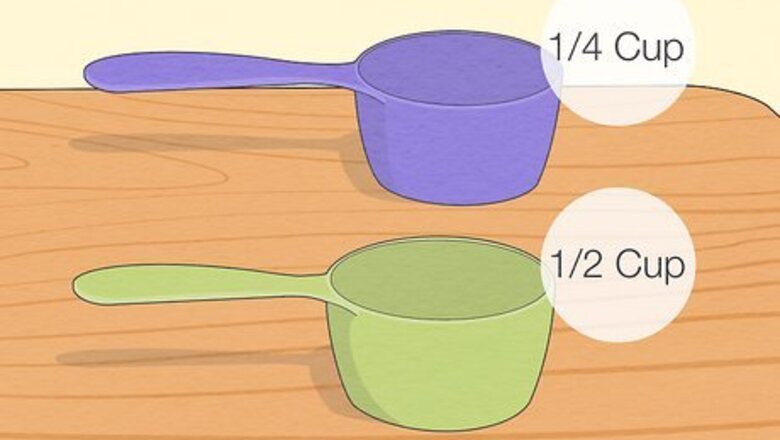
views
- Measure out 12 tablespoons or 36 teaspoons of the dry or wet ingredient if you only have measuring spoons available
- Use household containers that hold 6 fl oz (180 mL) like cans, mason jars, or food canisters. A 6 fl oz (180 mL) container as the same volume as a 3/4 cup.
- Use 1/4 and 1/2 cups if you don’t have a 3/4 measuring cup on hand. For wet ingredients, use a liquid measuring cup.
Measurement Conversions & Equivalents
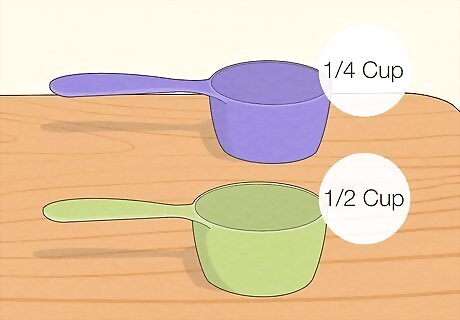
Measure dry ingredients using /4 and /2 measuring cups. Have a basic set of measuring cups in your kitchen? Measure out your dry ingredient into the /4 cup, along with the /2 cup. If you don’t feel like using two different measuring cups, just fill and dump the /4 cup three times. Did you know? Larger measuring cup sets come with a /4 cup, or you can buy /4 measuring cups individually.
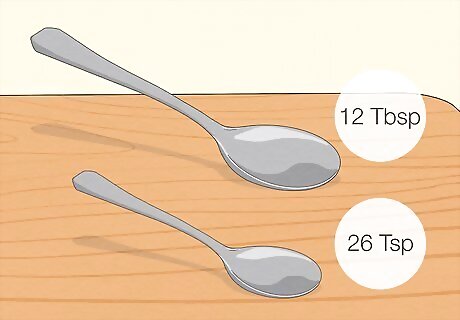
Convert a /4 cup to 12 tablespoons or 26 teaspoons. Only have measuring spoons on hand? Use these spoons to scoop out 12 even tablespoons (or 36 teaspoons) of the ingredient to measure the necessary amount. It may also help to think of a /4 cup as /2 with 2 tbsp added in.
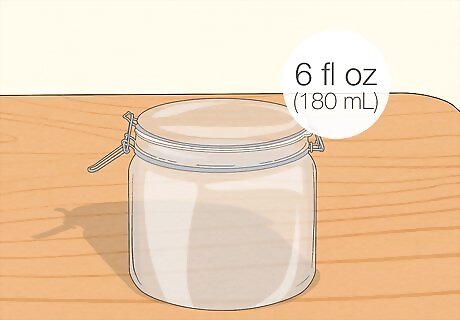
Use any container that holds 6 fl oz (180 mL). The volume of a /4 cup is 6 fl oz (180 mL). In other words, any container that holds exactly 6 fl oz (180 mL) can help you measure wet ingredients and dry ingredients (without the need for a measuring cup). Here are some household items that might fit the bill: A small mason jar (some mason jars also come with measurement notches) Small food canisters Small leftover cans A laboratory beaker Pro tip: Only have larger cans on hand? Fill up an 8 fl oz (mL) can 75% of the way full, and fill up a 12 fl oz (mL) can so it’s only half full. Keep in mind, though, that this isn’t the most accurate way to weigh out your measurements.
Alternate Ways to Measure
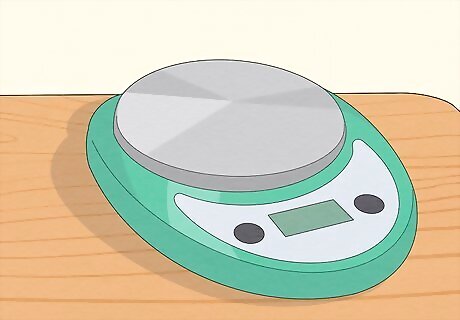
Use a kitchen scale to measure the precise weights of ingredients. Does your recipe provide ingredient amounts in ounces or grams? If so, spoon your ingredient into a cup that’s placed on your scale to see if you’ve measured out the precise amount. Always make sure to weigh your measuring tool on the scale first before adding in any ingredients, so you can subtract the tool’s weight from the total. Here’s a cheat sheet for some dry ingredients that recipes commonly require a /4 cup of: Flour: 90 grams Sugar: 150 grams Cocoa powder: 75 grams
Best Practices for Measuring Cups
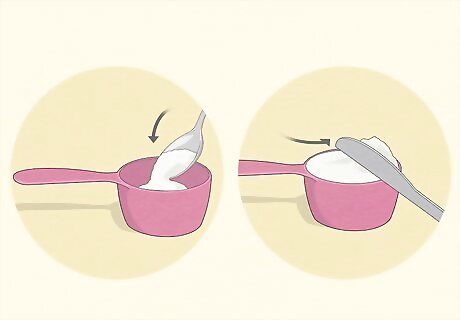
Scoop dry ingredients into your measuring cup with a spoon. Once you’ve completely filled the cup, level it off with something flat, like the back of a butter knife. This helps prevent the ingredient from getting packed down. For more precise results, place your measuring cup on a food scale to double-check the weight of each dry ingredient.
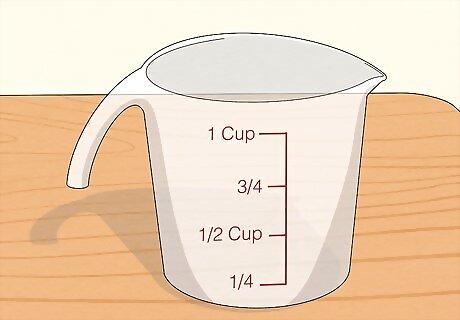
Use a liquid measuring cup to measure liquids. Place the liquid measuring cup on a flat surface and start pouring the ingredient in. Stop pouring when the liquid reaches the ¾ line; then, bend down and take a closer look. The upper, uneven surface of your measured is liquid is known as the meniscus—for your liquid measurements to be accurate, the bottom of this meniscus needs to line up with the /4 or 180 mL line. It might seem like a tiny bit of liquid is going over the line, which is totally normal!


















Comments
0 comment